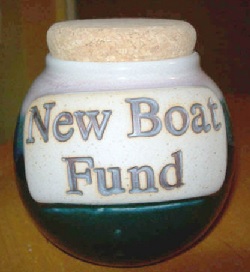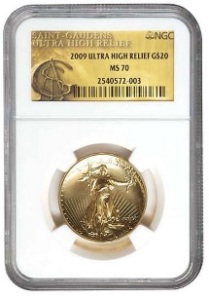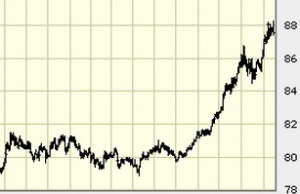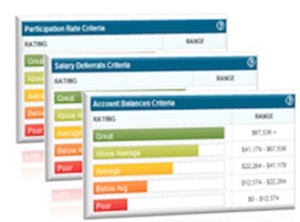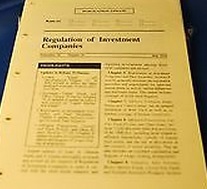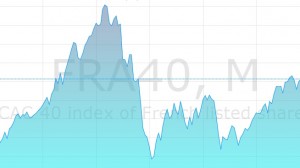It is difficult for people to understand, appreciate, and benefit from this key principal of saving money: until your savings pile is over $100,000, do not worry about tax gimmicks or risky investing options. Until your savings is over $100,000, then its earning cannot add up to anything of note.
To illustrate: if you have $4,000 in a college savings account for your child and it earns 7% in a year, or $280, it doesn’t add up to anything meaningful. That $280 won’t even buy textbooks for a single term!
So get it out of your mind that growing a savings account solely from compounding interest or capital gains will fund a college education, a home down payment, or a retirement (in under 10 years).
The only element of savings that matters is your contributions, not what it earns. Your contributions will make up +85% of any account balance held for less than 10 years.
(For an account held for more than 10 years, stock market returns will add an ever-increasing amount to the account balance, but it is never steady. The stock market has fallen -20%, -30%, or -40% in a year. The more money you have, the larger account swings you’ll have to endure with the daily action of the stock market.)
When young parents mess around with qualified college accounts like 529 accounts, Coverdell accounts, or other qualified accounts, and then only add small dollar amounts – they are wasting their time, in my opinion. Saving a couple pennies in taxes is never worth your effort. I know someone who has 3 qualified tax accounts for his 3 kids. These accounts are for their college costs, but he only adds $50 a year to them. This is a joke: over the next 15 years this will only add up to $750 per account. This is about 1 month’s rent – not a meaningful amount of money. These accounts won’t accrue to 1% of the total cost of a university education! Over this tiny amount of money, he’s wasting all kinds of time: setting up the accounts, monitoring mutual funds, tax forms, monitoring the rule changes each year, etc. – all over a negligible amount of money.
Another reason to avoid qualified accounts with tax advantages is that politicians are always changing the rules and trying to increase the taxes on them. Just this week, President Obama proposed changing 529 college accounts. Instead of the current tax-free withdrawals, Obama wants to tax any gain, (not at low capital-gain tax rates but at higher ordinary-income tax rates,) in all withdrawals from 529 College accounts. Obama wants this tax increase on college savings accounts so that he can hand the money to other college students who don’t have college savings accounts. A year does not pass without some politician trying to increase taxes on retirement accounts as well.
It is my best advice that you focus on making contributions for large expenses and not worry about investing options or tax implications over small amounts of money for goals less than 10 years away.

